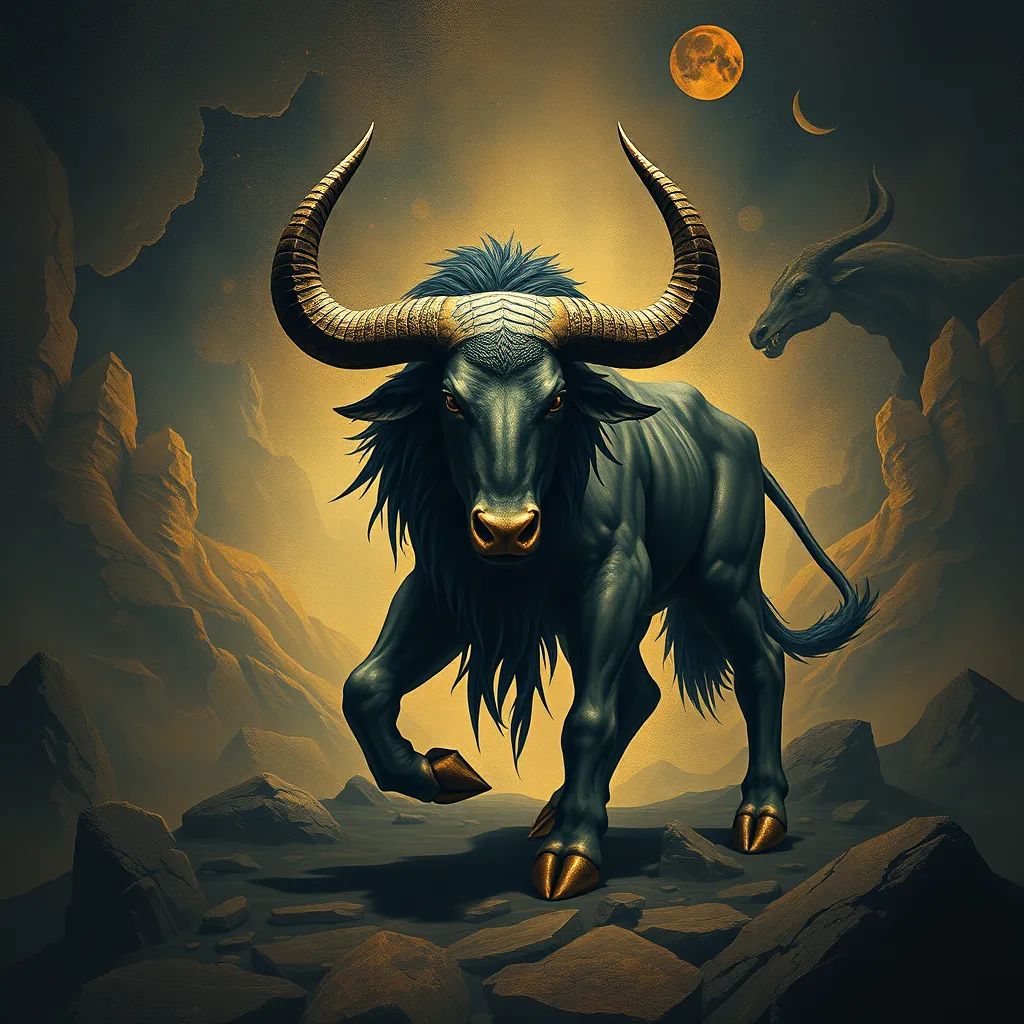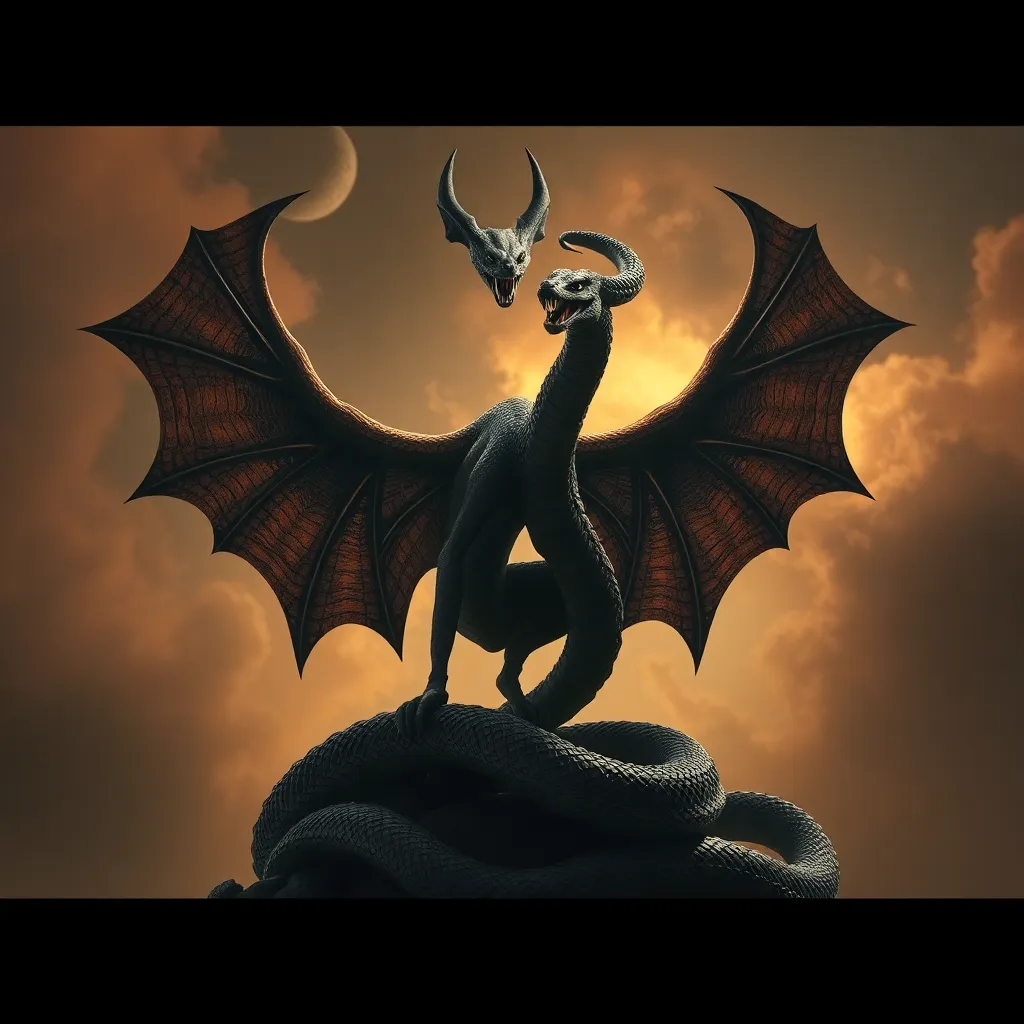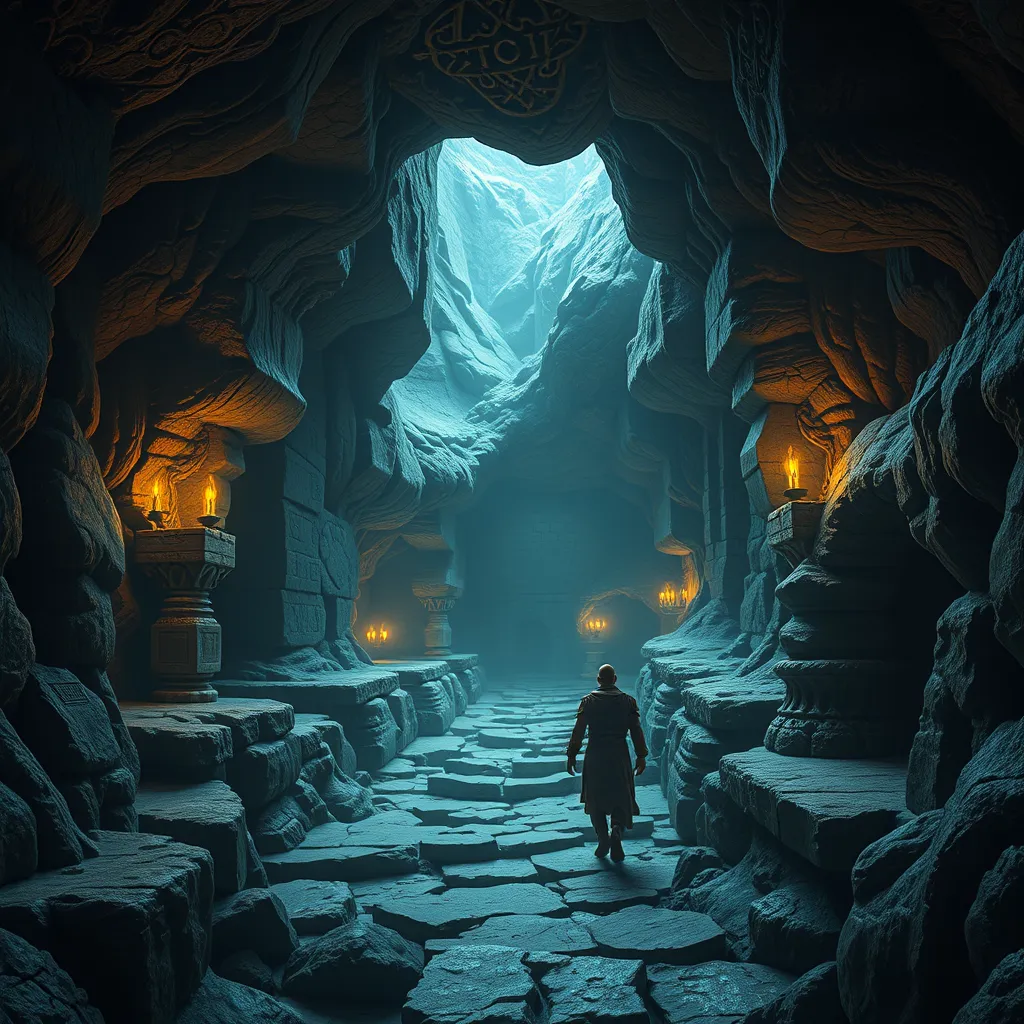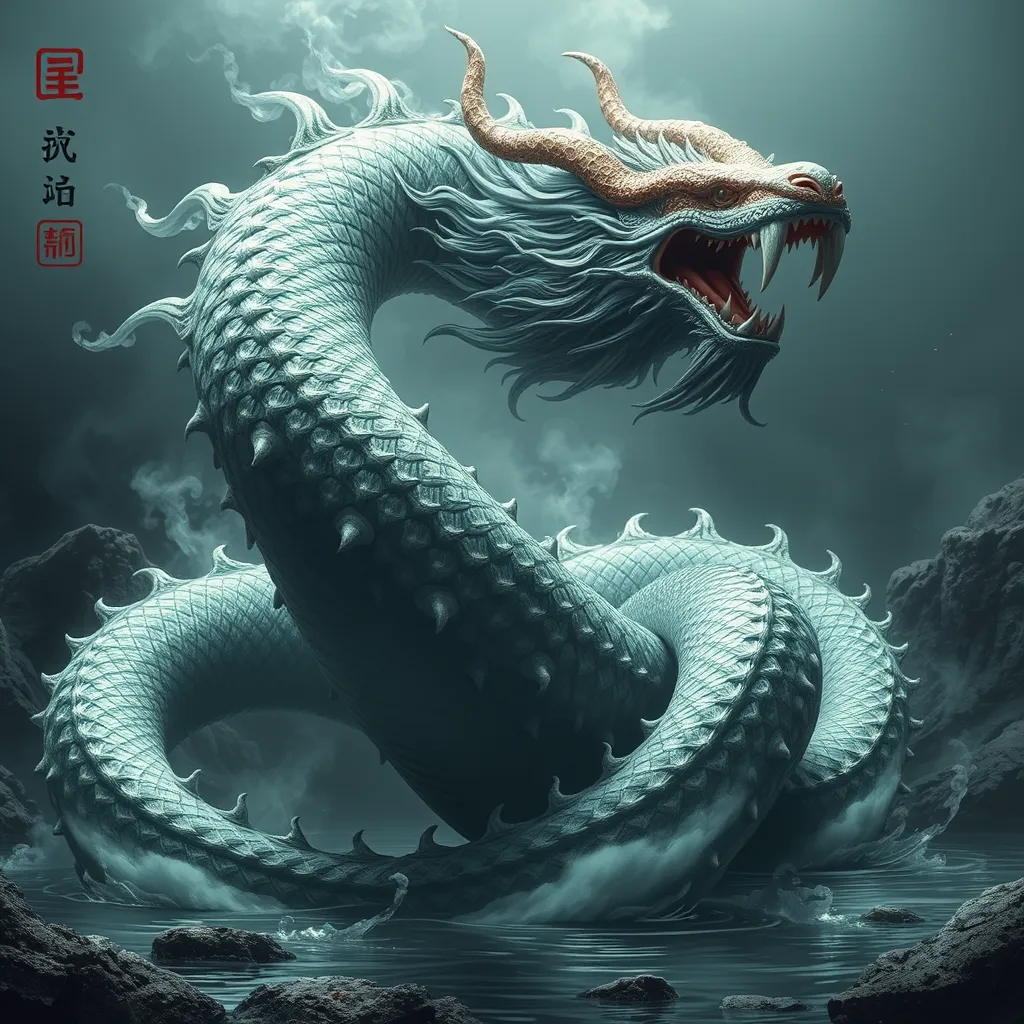The Minotaur in Modern Art: Reinterpreting the Monster for a Contemporary Audience
I. Introduction
The Minotaur, a creature born from the union of a human and a bull, has captivated imaginations since its inception in Greek mythology. This monstrous figure, trapped within a labyrinth, has historically symbolized the complex interplay of fear and the unknown. In contemporary art, the Minotaur transcends its mythological roots, becoming a potent symbol for exploring modern themes. This article aims to delve into the various reinterpretations of the Minotaur in modern art, examining its relevance and the insights it offers to a contemporary audience.
II. The Mythical Origins of the Minotaur
The Minotaur’s story originates in ancient Greek mythology, where it is depicted as a half-man, half-bull creature residing in the labyrinth built by Daedalus on the island of Crete. The Minotaur was fed on human sacrifices, embodying humanity’s fears of the monstrous and the chaotic. This myth serves as a cautionary tale about hubris and the consequences of ignoring the natural order.
Symbolically, the Minotaur represents the darker aspects of human nature—fear, violence, and the struggle for identity. Over the centuries, artists have drawn inspiration from the Minotaur, using its image to explore themes of monstrosity and the human psyche. From ancient pottery to Renaissance paintings, the Minotaur’s presence has been a constant in the evolution of art, reflecting society’s changing fears and fascinations.
III. The Minotaur as a Symbol of the Human Condition
In modern interpretations, the Minotaur is often seen as a symbol of the human condition, representing themes such as identity, isolation, and duality. Contemporary artists leverage the Minotaur’s complexity to address pressing societal issues, such as mental health, gender identity, and the alienation of the individual in a rapidly changing world.
- Identity: The Minotaur’s dual nature reflects the struggle for self-definition in a world that often imposes rigid boundaries.
- Isolation: Trapped in the labyrinth, the Minotaur embodies feelings of loneliness and entrapment experienced by many in modern society.
- Duality: The beast’s human and animal traits symbolize the ongoing conflict between civilization and primal instinct.
Notable artworks featuring the Minotaur include:
- Pablo Picasso: His series of paintings and sculptures depicting the Minotaur highlight the creature’s emotional and psychological depth.
- Paul Delvaux: In his surrealistic works, the Minotaur serves as a haunting figure that evokes mystery and existential dread.
- Francisco Goya: Goya’s work often reflects the monstrous within humanity, using the Minotaur as a metaphor for violence and oppression.
IV. The Minotaur in Contemporary Installations and Performance Art
Contemporary installations have also embraced the Minotaur, offering immersive experiences that challenge viewers’ perceptions. Artists create environments that echo the labyrinth, allowing audiences to navigate their own fears and confront the unknown.
Performance art has reinterpreted the myth in dynamic ways, using the Minotaur as a character embodying struggle and transformation. Artists engage with the Minotaur’s narrative to explore themes of bodily autonomy, identity, and societal constraints.
Some notable artists include:
- Marina Abramović: In her performances, she often explores themes of endurance and vulnerability, paralleling the Minotaur’s own struggles.
- Matthew Barney: His Cremaster Cycle incorporates the Minotaur into elaborate narratives that examine sexuality and identity.
V. The Minotaur in Digital and New Media Art
The rise of digital technology has transformed the way the Minotaur is represented in art. New media artists utilize virtual reality, video art, and interactive installations to breathe new life into the myth. These technologies allow for a reimagining of the labyrinth, creating spaces where viewers can engage with the Minotaur on various levels.
Some examples of digital artworks include:
- Virtual Reality Experiences: Artists create immersive environments that allow participants to navigate their own labyrinths, confronting the Minotaur and their fears.
- Video Installations: Filmmakers explore the Minotaur’s story through contemporary lenses, examining themes of identity and existence.
VI. The Minotaur’s Influence on Pop Culture and Media
The Minotaur has transcended the realm of fine art, making significant appearances in film, literature, and video games. Its presence in popular culture reflects societal changes and the evolving nature of fear.
- Film: Movies like “Pan’s Labyrinth” and “The Hunger Games” incorporate labyrinthine themes and monstrous figures that echo the Minotaur’s narrative.
- Literature: Contemporary novels frequently reinterpret the Minotaur myth, exploring themes of identity and monstrosity.
- Video Games: Games such as “God of War” feature the Minotaur as an antagonist, challenging players to confront their own fears.
This crossover between high art and popular culture demonstrates the Minotaur’s enduring relevance and adaptability to changing societal values.
VII. Critiques and Controversies Surrounding the Minotaur in Art
As with any powerful symbol, the Minotaur has faced critiques regarding its representation in art. Discussions often focus on issues of appropriation and the implications of using a mythological figure to address contemporary concerns.
- Appropriation: Critics argue that the Minotaur’s imagery can be misappropriated, reducing its complexity to mere aesthetic value.
- Violence and Oppression: The Minotaur is sometimes viewed as a symbol of violence, leading to discussions about the ethical implications of such representations.
Balancing the honor of the myth while engaging in contemporary reinterpretation remains a challenge for artists.
VIII. Conclusion
The Minotaur’s evolution in modern art reflects its capacity to embody complex themes relevant to contemporary audiences. As society continues to grapple with issues of identity, isolation, and the nature of monstrosity, the Minotaur remains a potent symbol. The ongoing reinterpretation of this mythological figure ensures its place in artistic expression, inviting reflection on the human condition and our collective fears. As we move forward, the Minotaur will undoubtedly continue to inspire and provoke, reminding us of the labyrinths we navigate in our own lives.



